Newly promoted Captain Raphael Semmes of the Confederate States Navy called his crew—largely English—to the quarterdeck of his new command.
A 220-foot battle cruiser, the CSS Alabama lay just off the cost of Terciera in the Azores. A band played “Dixie” as Semmes read aloud his commission from President Jefferson Davis, and the Stars and Bars were run up the mainmast. “Now, my lads, there is the ship,” said the captain. “She is as fine a vessel as ever floated. There is a chance that seldom offers itself to a British seaman, that is, to make a little money. We are going to burn, sink and destroy the commerce of the United States. Your prize money will be divided proportionately. Any of you that thinks he cannot stand to his gun, I do not want.”
Covertly financed through the sale of Southern cotton and built at the famous Laird Shipyard on the Mersey River near Liverpool, Alabama was a wood-hulled, bark-rigged, 220-foot sloop of 1,050 tons. With two 300-horsepower steam engines driving a single two-bladed screw, she could make 13 knots. “She was a perfect steamer and a perfect sailing ship, at the same time,” marveled Semmes.
And very soon, he would have the perfect opportunity to prove it.
Inside the Early Fall edition of Civil War Quarterly magazine, you’ll learn all about the fabled CSS Alabama and its momentous confrontation with the USS Kearsarge. The clash of these two ships would constitute the greatest high seas duel of the entire Civil War.
But of course, this is just one of the many features you can find inside the Early Fall edition. Other stories include:
“Across the Bloody Cornfield”
America’s bloodiest day began with heavy fighting that ravaged a previously innocuous cornfield in western Maryland. It was a misleadingly bucolic place for such a slaughter.
“Photographing Antietam”
Scottish photographer Alexander Gardner and his assistant, James F. Gibson, who were part of Matthew Brady’s team, changed the nature of war photography with 70 images of the aftermath of Antietam.
“Morgan’s Ohio Raid”
For three weeks in July 1863, Brig. Gen. John Hunt Morgan’s Confederate cavalry raided across southern Indiana and Ohio, destroying railroads, bridges, and thousands of dollars worth of private property. It was the longest cavalry raid of the Civil War.
“Sealing Vicksburg’s Fate”
With Union forces swarming toward Vicksburg, Confederate General John C. Pemberton reluctantly moved out of the city to intercept Ulysses S. Grant’s hard-charging forces. They would collide at Champion’s Hill.
“A Short History of American Slavery”
For nearly two centuries, the “peculiar institution” of slavery dominated Southern social and economic life in America, infecting the nation’s politics with an unresolvable moral conflict that led finally to civil war.
“Simply a Butchery”
Ulysses S. Grant would later admit that Cold Harbor was the one battle he “would not fight over again.” Many Federal soldiers who survived the slaughter that early June day would likely agree. The dead had no recorded opinions on the matter.
“Misbegotten Attack on Bristoe Station”
In October 1863, Robert E. Lee moved north against the Union Army at Centreville, Virginia. General A.P. Hill’s III Corps blundered straight into Maj. Gen. Gouverneur K. Warren’s II Corps at Bristoe Station.
“The Crime at Pickett’s Mill”
Angry and embarrassed by the recent setback at New Hope Church, Union General William T. Sherman ordered an ill-advised attack on entrenched Confederate positions at Pickett’s Mill. It was a recipe for disaster.
What do you think of the clash between the Alabama and the Kearsarge? Do you think Captain Semmes was adqautely prepared for the confrontation? Let us know what you think about these and other stories by commenting below.
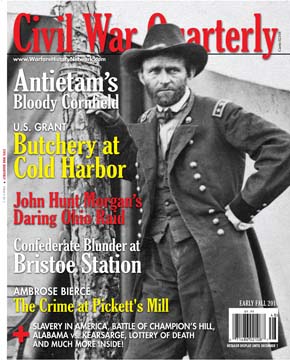
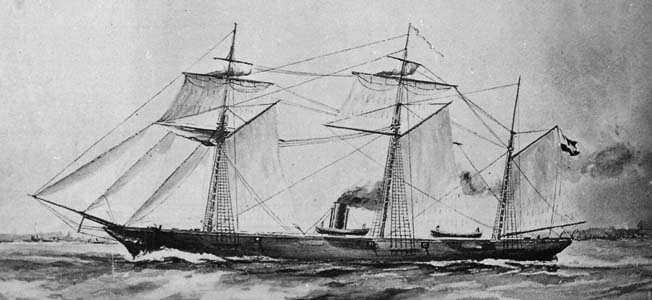
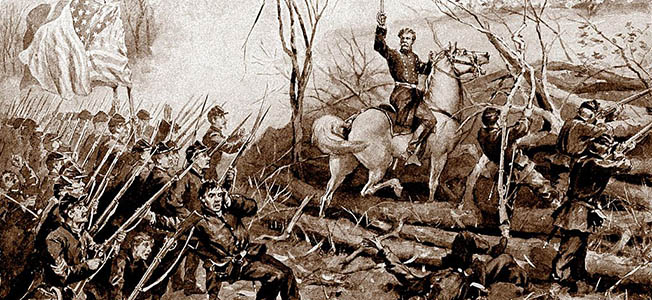
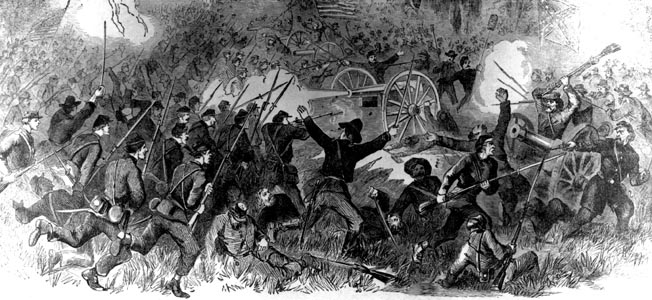

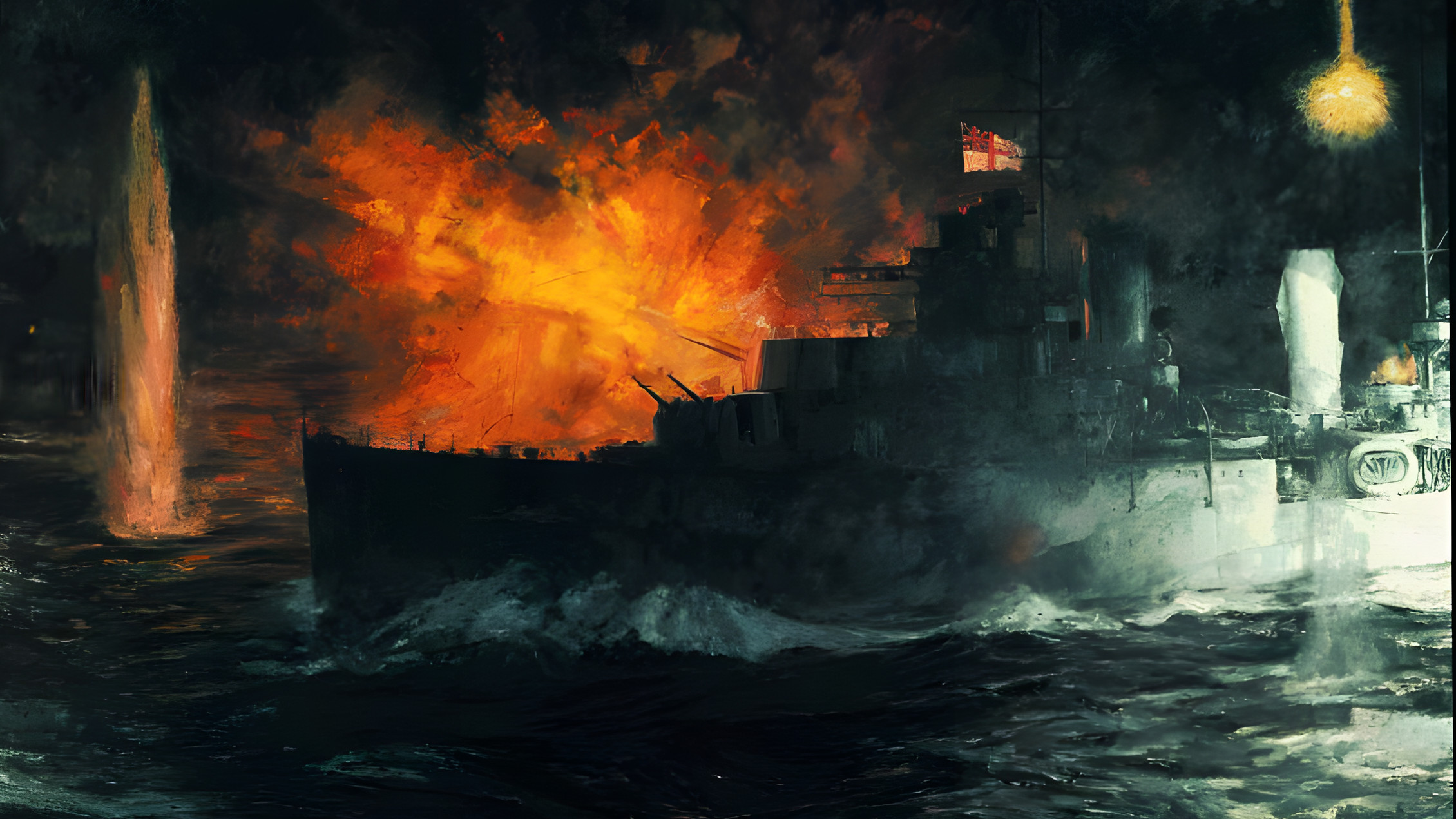
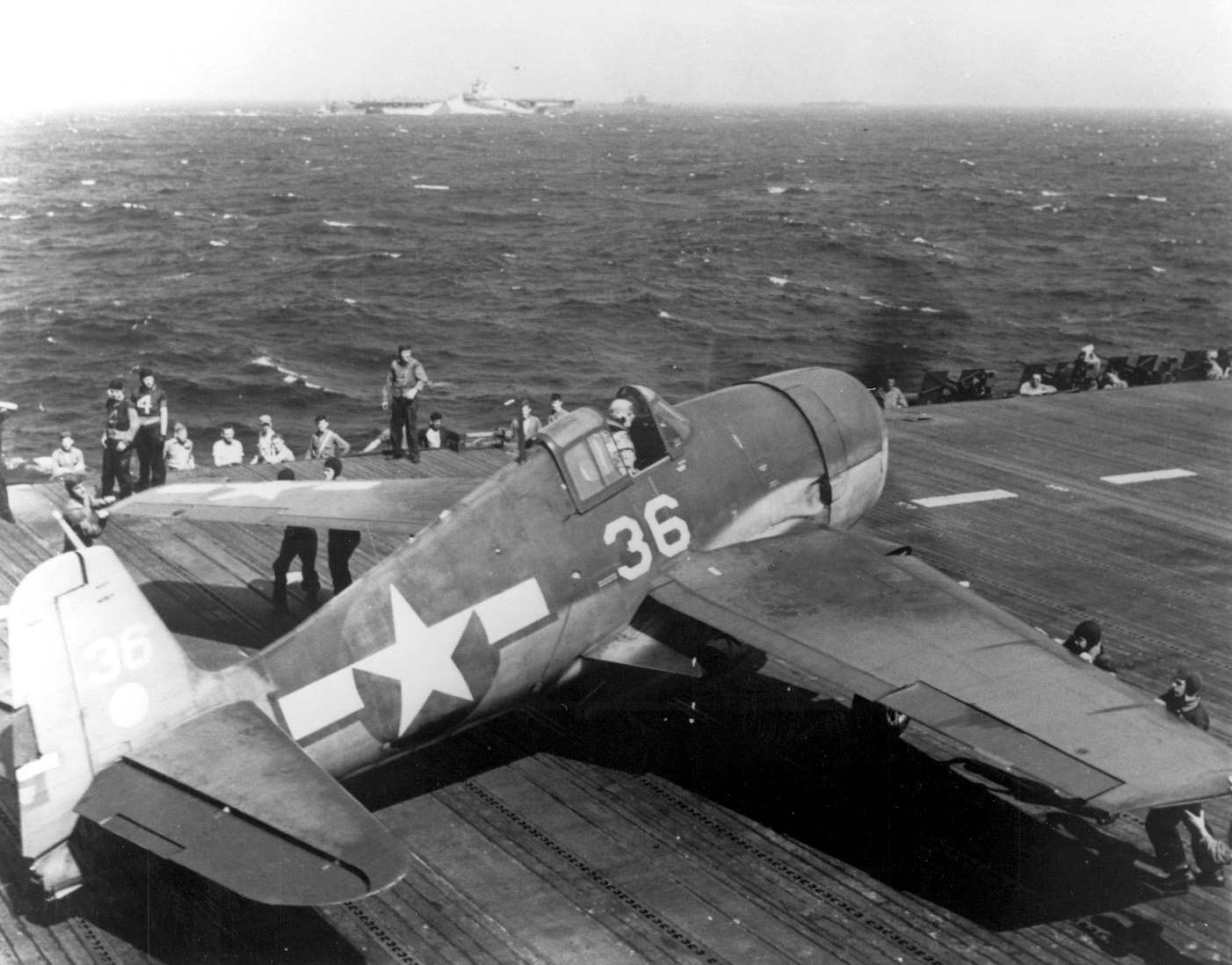
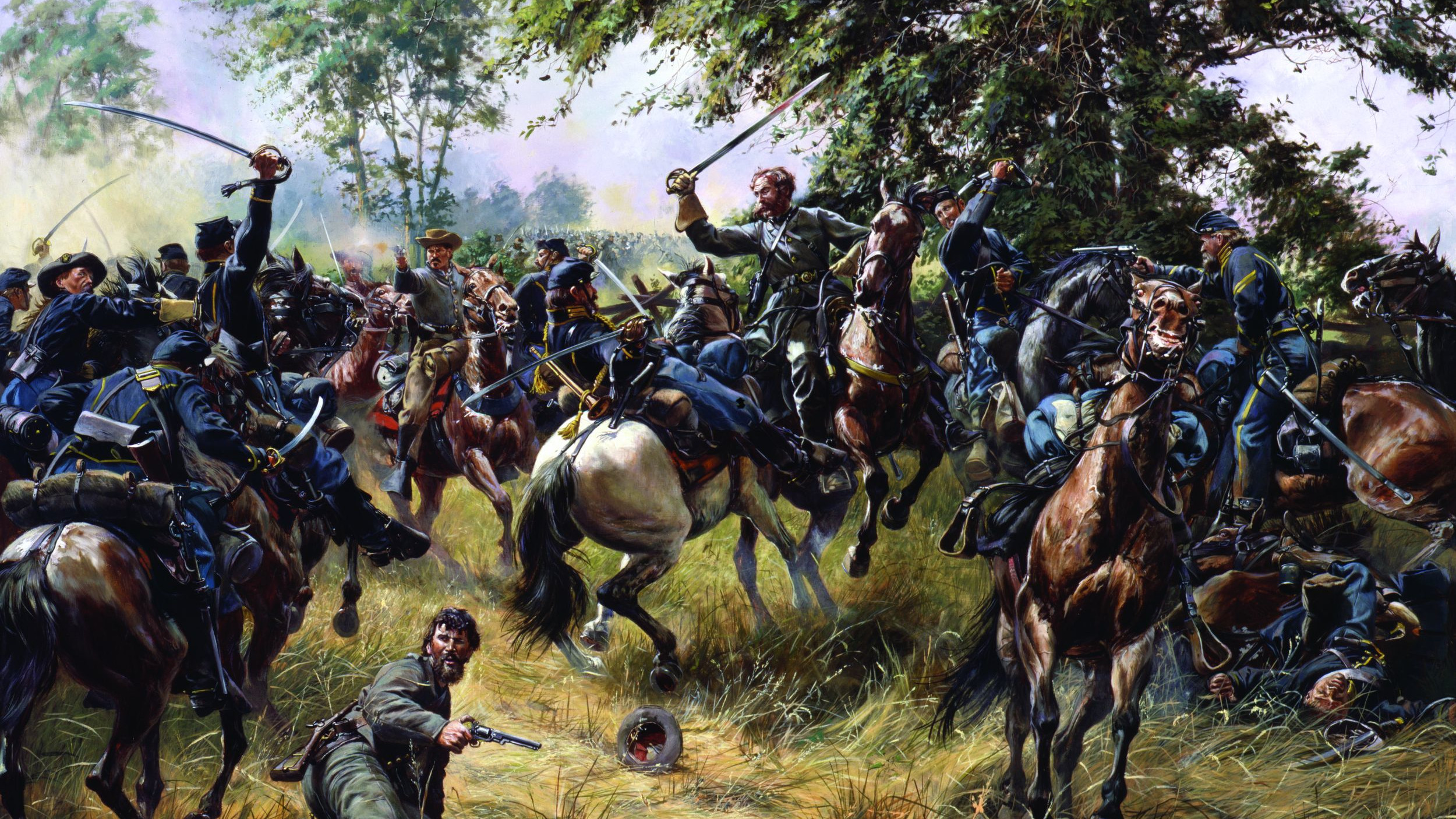
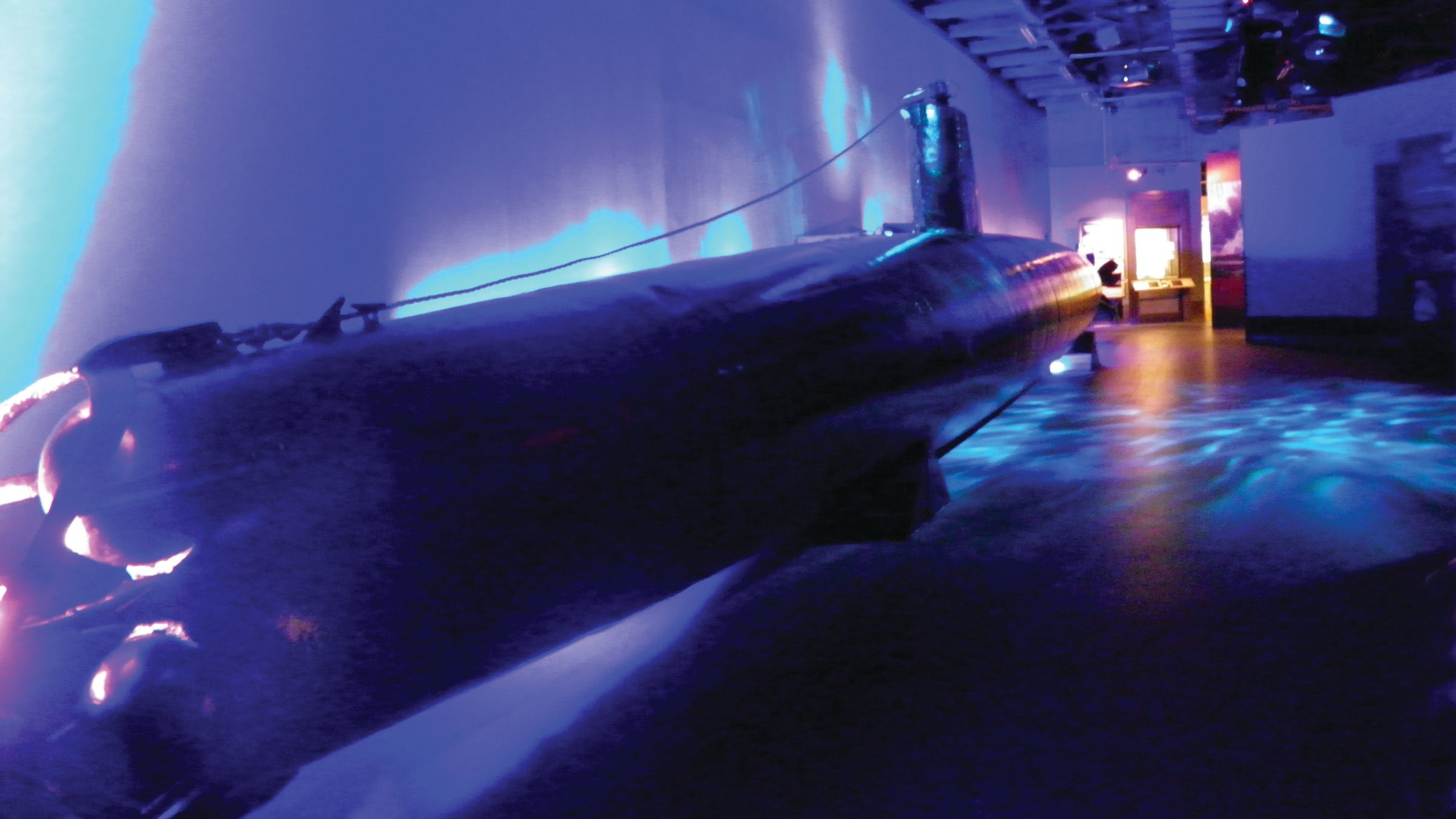
Join The Conversation
Comments
View All Comments